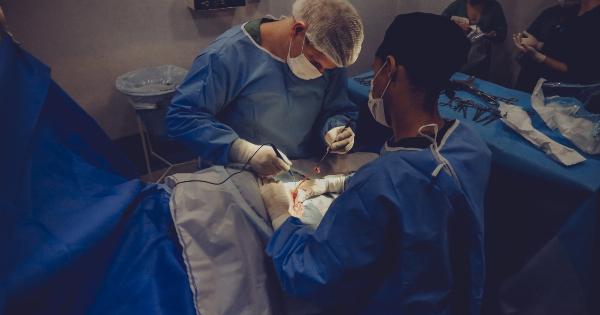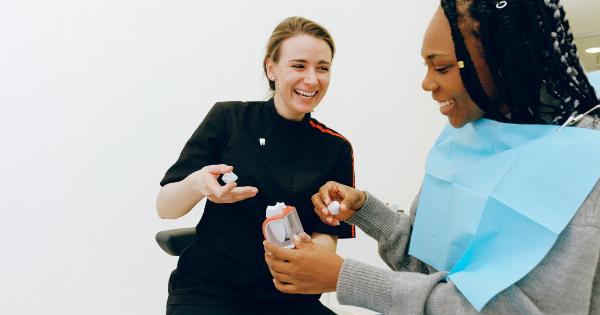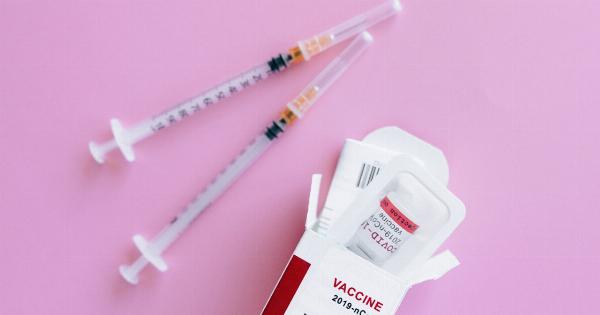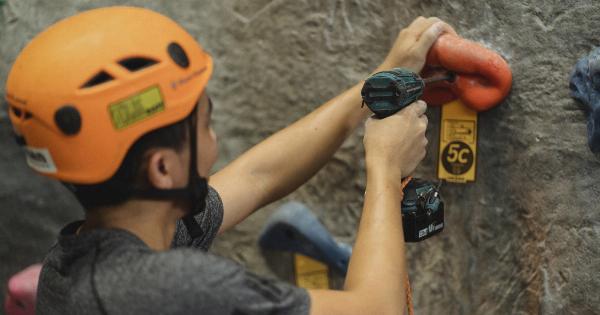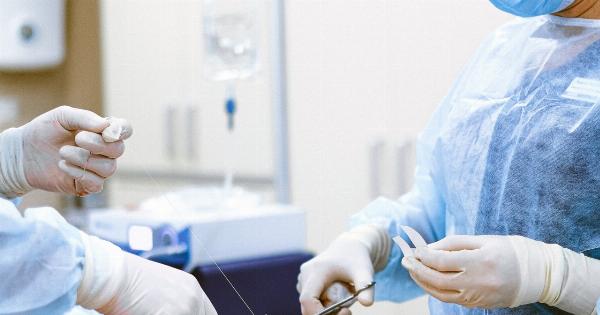Rhinoplasty, commonly known as a nose job, is a surgical procedure aimed at altering the shape, size, and overall appearance of the nose.
However, many individuals seeking rhinoplasty also struggle with breathing issues caused by nasal obstruction or other structural problems. Over the years, advancements in surgical techniques have led to the development of modern methods in rhinoplasty that not only enhance the aesthetic appeal of the nose but also significantly improve breathing capabilities.
Understanding Nasal Obstruction
Nasal obstruction refers to any condition that restricts the free flow of air through the nasal passages. It can be caused by several factors, including a deviated septum, enlarged turbinates, nasal valve collapse, or other structural abnormalities.
Individuals with nasal obstruction often face difficulties in breathing, experience chronic congestion, and may even struggle with sleep-related issues such as snoring or sleep apnea. To address these concerns, surgeons are employing innovative approaches during rhinoplasty to enhance nasal airflow and improve overall respiratory function.
Septoplasty for Deviated Septum
A deviated septum occurs when the thin wall (nasal septum) separating the nasal passages is crooked or misaligned. This condition can lead to significant breathing problems by blocking one or both nasal passages.
During a rhinoplasty procedure, surgeons perform septoplasty to correct the deviated septum and straighten the nasal passages. By realigning the septum, nasal airflow is improved, allowing for better breathing.
Turbinate Reduction to Improve Airflow
The turbinates are bony structures located inside the nasal passages that help moisturize and filter the air we breathe. When the turbinates become enlarged, they can obstruct nasal airflow, causing breathing difficulties.
Surgeons now use advanced techniques, such as turbinate reduction, to address this issue during rhinoplasty. Turbinate reduction involves reshaping or removing a portion of the turbinates to improve airflow and alleviate nasal obstruction.
Addressing Nasal Valve Collapse
The nasal valves are small openings in the nasal passages that regulate the airflow. In some cases, structural weakness or collapse of these valves can lead to nasal obstruction.
Surgeons employ various methods to address nasal valve collapse during rhinoplasty. This may involve reinforcing or reconstructing the nasal valves to improve their functionality and enhance nasal breathing.
Functional Rhinoplasty for Breathing Enhancement
Functional rhinoplasty is a term used to describe rhinoplasty procedures specifically performed to improve nasal functionality, rather than solely focusing on cosmetic changes.
Surgeons combine both aesthetic and functional techniques to address breathing issues while also achieving the desired aesthetic outcome. This comprehensive approach ensures that patients not only achieve their desired nasal appearance but also experience a significant enhancement in their breathing capabilities.
Computer-Assisted Rhinoplasty for Precise Results
Advancements in technology have revolutionized the field of rhinoplasty. Computer-assisted rhinoplasty is a modern technique that utilizes sophisticated imaging software to create a three-dimensional model of the patient’s nose before surgery.
This allows surgeons to simulate various changes and modifications, ensuring precise outcomes. Computer-assisted rhinoplasty helps to accurately plan and execute the surgery, leading to improved breathing results and overall patient satisfaction.
Combining Rhinoplasty with Sinus Surgery
In some cases, individuals with breathing difficulties may also suffer from chronic sinusitis or other sinus-related conditions. Combining rhinoplasty with sinus surgery can address both cosmetic concerns and chronic sinus issues simultaneously.
Surgeons can correct any nasal structural abnormalities contributing to breathing problems while also addressing sinus inflammation or blockages. This combined approach ensures comprehensive treatment for improved breathing and sinus health.
Preserving Nasal Cartilage for Structural Support
Nasal cartilage plays a crucial role in providing structural support and maintaining nasal shape. During rhinoplasty, surgeons now focus on preserving as much of the patient’s natural nasal cartilage as possible.
This is particularly important in functional rhinoplasty cases, where maintaining the integrity of the nasal framework is crucial for optimal breathing outcomes. Preserving nasal cartilage enhances stability and supports long-term respiratory function.
Avoiding Overresection of Nasal Tissues
In the past, surgeons would frequently remove excessive amounts of nasal tissues during rhinoplasty, which could negatively impact nasal airflow. However, with modern techniques, surgeons now adopt a more conservative approach.
Overresection of nasal tissues is avoided to ensure sufficient support and preserve the natural architecture of the nasal passages, ultimately leading to enhanced breathing capabilities.
Improved Surgical Recovery and Patient Comfort
Modern methods in rhinoplasty not only focus on achieving better breathing results but also prioritize patient comfort and improved surgical recovery.
Techniques such as minimally invasive procedures, the use of tissue sealants, and advanced pain management strategies help to reduce postoperative swelling, discomfort, and downtime. This allows patients to recover more quickly and enjoy the benefits of improved nasal breathing sooner.
Conclusion
Rhinoplasty has evolved significantly over the years, with modern techniques dedicated to enhancing nasal breathing while simultaneously achieving aesthetic goals.
Surgeons now employ various innovative approaches, such as septoplasty, turbinate reduction, functional rhinoplasty, and computer-assisted surgery, to address nasal obstruction and improve airflow. By adopting these modern methods, patients can experience significant enhancements in both breathing capabilities and overall quality of life.










